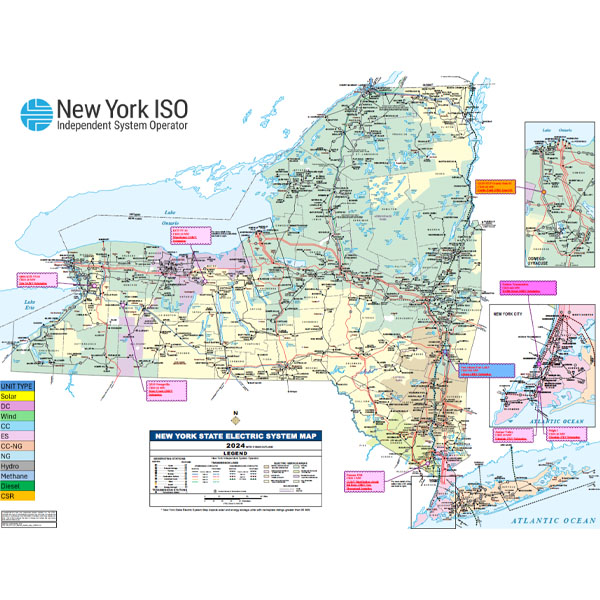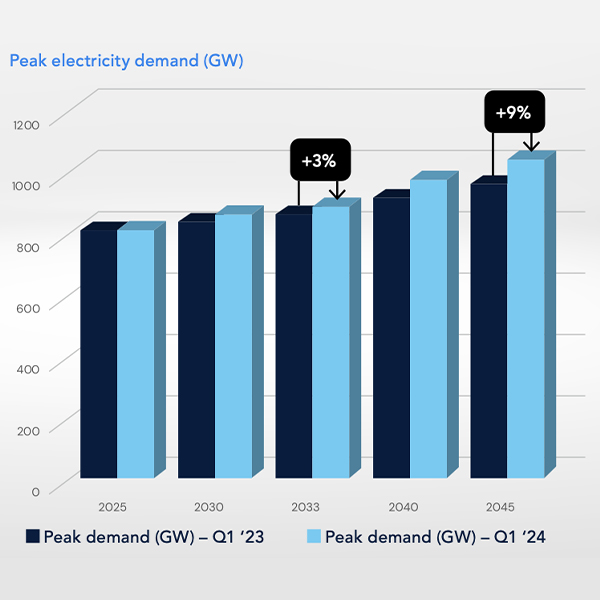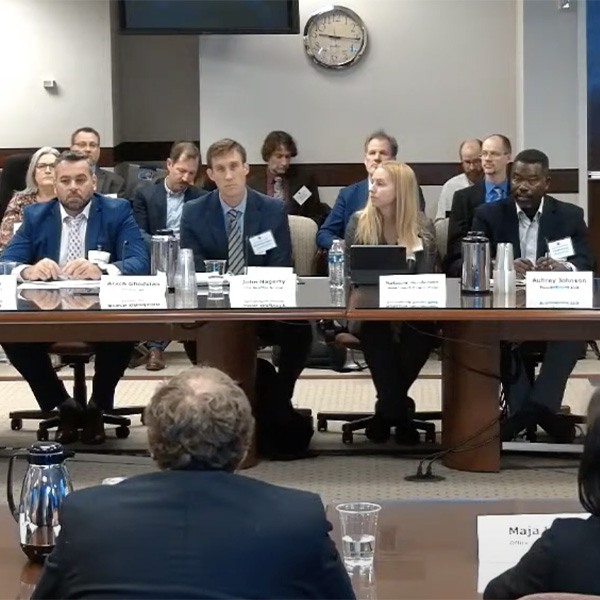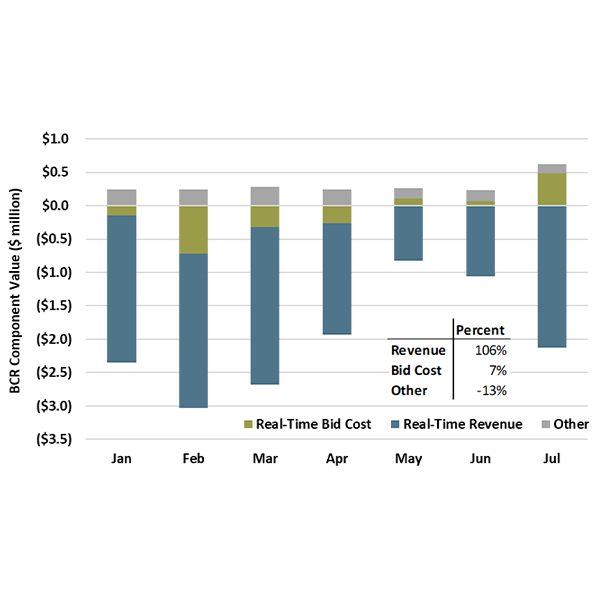Resources
Demand ResponseDistributed Energy Resources (DER)Energy EfficiencyEnergy StorageBattery Electric StorageOther Electric StorageGenerationCoalGeothermalHydrogenHydropowerNatural GasNuclear PowerOffshore WindOnshore WindOperating ReservesRooftop/distributed SolarUtility-scale SolarResource Adequacy
The NYISO Operating Committee approved revisions to the 2024-01 Expedited Delivery Study, finding that all nine proposed projects are deliverable at their requested capacity resource interconnection service levels.
The U.S. Bureau of Ocean Energy Management announced it will conduct an offshore wind energy lease sale for eight areas on the Outer Continental Shelf that would require floating turbines.
Following the failure of the Massachusetts House and Senate to reach common ground on a climate bill this summer, Gov. Maura Healey (D) has proposed to include clean energy permitting and procurement provisions in a supplemental budget bill.
ICF International forecasts that demand could increase by 9% by 2028, while peak demand could increase by 5% over the same period, according to a report it published.
MISO and its transmission owners defended their practice of allowing TOs to self-fund network upgrades necessary to bring generation online before developers get the chance to finance them.
Activists, ISO-NE officials, and state representatives from across New England convened in New London, Conn., to discuss the benefits of offshore wind to the region’s power system.
FERC is still working to implement the changes to its generator interconnection rules from Order 2023, but it is also considering further changes, as it held a two-day workshop to gather more input.
CAISO is reconsidering its proposal to address unwarranted bid cost recovery payments for storage resources following internal analysis that suggested the proposed solution wouldn’t sufficiently address the problem.
An emergency alert urging the public to conserve energy helped the Alberta Electric System Operator narrowly avert rolling blackouts during January’s extreme cold snap.
Assembly Bill 2368 would require the California Public Utilities Commission to adopt a 1-in-10 loss of load expectation — or a similarly robust planning standard — when setting resource adequacy requirements.
Want more? Advanced Search










